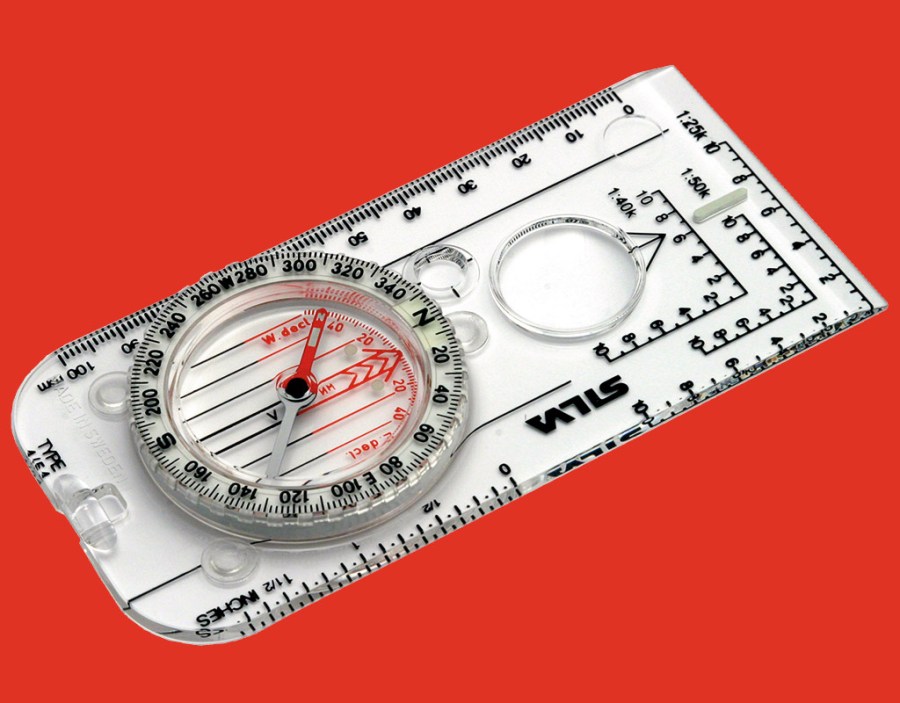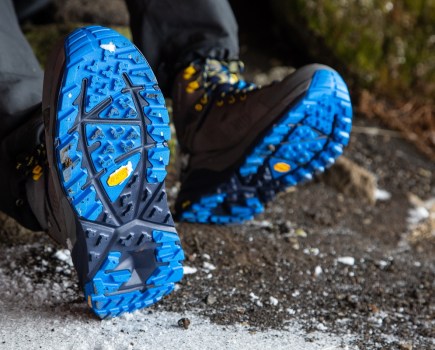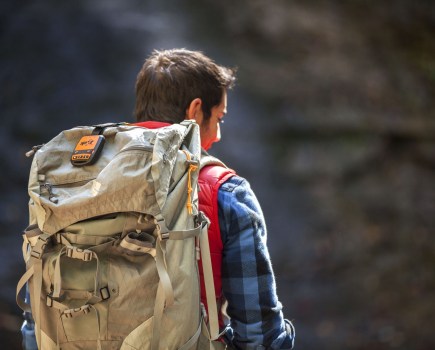Are you sure your compass is pointing north? Mountain Safety Advisor Heather Morning explains how to keep your compass safe and how to fix the problem
The catalyst for a substantial number of mountain rescue call outs in the UK is either directly or partially a result of a navigation error. This could be the fault of the individual navigator, or it could be an issue with our previously reliable navigation tool: the compass. It could have been affected by reversed polarity, a potentially dangerous problem.
Imagine you are out on the hill alone, and unexpectedly the mist descends and you find yourself in poor visibility. As usual, your compass is sensibly attached to the zip in the chest pocket of your waterproof jacket… the same pocket where you put your mobile phone? You take a bearing to the top of a ridge, and start heading down. Alarm bells start to ring as the ground ahead seems to be dropping far more steeply than you remembered on the ascent. There’s a crag in front of you. It would be easy to assume that it was you who had made the mistake, but in the scenario above the compass had been affected by the magnet in your mobile phone case, the north/south needle of your compass had been reversed and the resulting bearing took you in the wrong direction.
What is reversed polarity?
As we all know, our compasses operate on the earth’s magnetic field; so what is reversed polarity and how do we protect our compass from it?
The cause
Magnetic fields exist around many items we commonly carry with us on the hill: mobiles and smart phones, magnets hidden inside phone cases, avalanche transceivers, radios, personal locator beacons, GPS, cameras, car keys, small magnets on belt fastenings, under-wired bras, plus what you find en route to the hill: security loops as you enter outdoor and food stores, speakers in your car doors or on parcel shelves, the list goes on.
The effect
The compass needle may just be very briefly, partially or totally reversed when in close proximity to one of the above mentioned. If the needle becomes sluggish and slow to settle (it may appear to stick and be out of balance) it has become partially reversed. If the ‘north’ arrow (usually red) is pointing to south instead of north, then your compass has become completely reversed. How to prevent reversed polarity A compass is a precise measuring instrument and should be treated accordingly. Your compass should be kept well away from all of the above mentioned items and well clear of magnets and magnetic fields which are associated with electrical circuits and ferrous metal objects.
How to cure your compass
It is possible to ‘reverse’ the reversed polarity using a strong magnet. This can be achieved by quickly flicking the magnet outwards along the ‘north’ end of the needle. Repeat vice-versa. Always ensure you compare with a compass that is known to be correct. If you are unsure how to cure your Silva compass, the company will always take back and re-magnetise your compass, no matter how old it is. Can the compass be used in its ‘reversed polarity’ state by using the ‘south’ instead of the ‘north’ arrow? In my personal experience (this problem has happened to me three times in the past 12 months) the needle does not invert by exactly 180 degrees. It would appear to be approximately 10 degrees out and therefore using it in this state is not reliable.
Golden rules for protecting your compass
1. Keep your compass in a separate location, well away from other electronic gizmos you carry with you on the hill and ensure when you are using it, that it is held well away from your body.
2. Ensure that you read the contours on the map. You should have a very clear idea as to what should happen under your feet as you walk on your compass bearing. If this is not happening, the alarm bells should be ringing and you should re-evaluate.
3. Always carry a spare compass in the event of malfunction, damage or loss.
4. Silva recommend that it is always a good idea to check that your compass is working correctly prior to heading out on the hill.
Heather Morning is Mountain Safety Advisor at the Mountaineering Council of Scotland.







